What is the use of canopy tent?
Canopy tent have versatile uses and are popular for various events and situations. Here are some common uses:
1.Outdoor Events:
Canopy tents are commonly used for outdoor events such as corporate gatherings, trade shows, fairs, festivals, and weddings. They provide shelter from the sun or light rain and create a designated space for activities.
2.Brand Promotions:
Many businesses use custom canopy tent for brand promotions and marketing events. The customizable design allows companies to display their logo, brand colors, and messaging prominently.
3.Networking Events:
Canopy tent provide a designated space for networking events, allowing people to gather and connect in an organized and comfortable environment.
4.Emergency Medical Tents:
In emergency situations, canopy tent can serve as temporary medical stations. First responders can use them to provide medical care, assess injuries, and offer support during natural disasters or other emergencies.
5.Outdoor Markets:
Canopy tents are commonly used by vendors at outdoor markets or farmers’ markets. They offer shade and protection for products while creating a visually appealing display area.
6.Sporting Events:
Canopy tents are often set up at sporting events to provide shade for spectators or as temporary team areas. They can also serve as registration or information booths.
7.Picnics and Gatherings:
Canopy tents are ideal for picnics, family gatherings, or any outdoor event where shade and shelter are needed.
8.Camping and Recreational Activities:
Campers often use canopy tents as additional shelter at campsites. They can provide shade during the day and protection from light rain.
9.Wedding Receptions:
Canopy tents are popular for outdoor wedding receptions, providing a covered space for dining, dancing, and other activities.
10.Trade Shows and Exhibitions:
Exhibitors at trade shows often use canopy tents as booths. They create a defined space for showcasing products and engaging with visitors.
The versatility and portability of canopy tents make them a practical and popular choice for a wide range of events and situations.
Are pop up canopy tent good for rain?
Pop up canopy tents are generally designed to provide shade and protection from light rain, but they may not be as effective in heavy or prolonged rainfall. Here are some considerations:
1.Water Resistance:
Most pop up canopy tents are made from water-resistant materials such as polyester or polyethylene. They are treated with coatings to repel water to a certain extent. In light rain or drizzle, these tents can keep you relatively dry.
2.Seams and Stitching:
The effectiveness of a pop up canopy tent in preventing water ingress depends on the quality of seams and stitching. If the seams are well-sealed and reinforced, it helps in keeping water out. However, in heavy rain, water may find its way through less durable seams.
3.Canopy Design:
The design of the canopy itself plays a role. Tents with a sloping roof or peaks tend to shed water better than flat-roofed designs. Water pooling on a flat roof can increase the risk of leakage.
4.Ventilation:
Proper ventilation is important. Some tents have vents to allow air circulation, preventing condensation inside. However, too much ventilation can also allow rain to enter.
5.Usage Guidelines:
Manufacturers often provide guidelines on the intended use of their pop up canopy tent. Some are explicitly designed for fair weather and may not hold up well in heavy rain.
It’s essential to understand the limitations of pop up canopy tent when it comes to weather resistance. If heavy or prolonged rain is expected, it’s advisable to use a tent specifically designed for such conditions or consider additional waterproofing measures. Additionally, securing the tent properly, using guy lines, and ensuring it’s pitched on a well-drained surface can contribute to better rain protection.
How does the Canopy Club engage with the local community, and are there any partnerships or collaborations?
The Canopy Club often engage with the local community in various ways, including:
1.Local Talent and Artists:
Featuring performances by local musicians, bands, and artists, contributing to the local arts and music scene.
2.Community Events:
Hosting or participating in community events, fundraisers, and activities that bring people together.
3.Student Engagement:
Collaborating with local educational institutions, particularly if the venue is located near a university, to engage with students and support campus activities.
4.Partnerships with Local Businesses:
Partnering with local businesses, such as restaurants or shops, to create joint promotions or enhance the overall experience for patrons.
5.Sponsorships and Collaborations:
Sponsoring local events, sports teams, or community organizations, and collaborating with them on shared initiatives.
6.Cultural and Diversity Initiatives:
Supporting and participating in cultural events, festivals, and initiatives that celebrate diversity and inclusion in the local community.
7.Charitable Initiatives:
Hosting charity events, fundraisers, or benefit concerts to contribute to local charitable causes.
8.Educational Outreach:
Offering educational programs, workshops, or internships related to the music and entertainment industry.
9.Environmental and Sustainable Practices:
Implementing environmentally friendly practices and engaging in sustainability initiatives that benefit the local community.
10.Community Feedback and Input:
Seeking input and feedback from the local community to understand their preferences and needs.
It’s important to note that the level of community engagement can vary from venue to venue, and specific initiatives may change over time based on various factors. Checking the venue’s official communication channels or contacting their management directly will provide the most accurate and current information on their community engagement efforts.
What is the best material for a pop up canopies?
Polyester is indeed a popular and suitable material for pop up canopies, and it offers several advantages that make it well-suited for outdoor use. Here are some key features that make polyester a good choice for pop-up canopies:
1.Water Resistance:
Polyester is naturally water-resistant, providing protection against light rain and moisture. This feature is essential for keeping occupants and belongings dry during unexpected rain showers or drizzles.
2.Quick Drying:
Polyester has the advantage of drying quickly. After exposure to rain or wet conditions, polyester fabrics tend to dry faster compared to some other materials, reducing the time it takes for the canopy to be ready for storage.
3.UV Resistance:
Polyester is UV resistant, offering protection against harmful ultraviolet (UV) rays from the sun. This UV resistance helps prevent the material from degrading or fading over time due to prolonged sun exposure.
4.Lightweight:
Polyester is a lightweight material, making it easy to handle and transport. This is particularly advantageous for pop-up canopies, which are designed for portability and quick setup.
5.Durability:
While polyester may not be as inherently durable as some heavy-duty materials like canvas, it still provides good durability for its weight. Proper care and maintenance can contribute to the longevity of a polyester pop-up canopy.
6.Color Retention:
Polyester tends to retain its color well over time, resisting fading due to exposure to sunlight. This helps the canopy maintain its aesthetic appeal through repeated use.
7.Cost-Effectiveness:
Polyester is often more cost-effective compared to certain high-end materials, making pop-up canopies made of polyester an affordable option for a wide range of users.
8.Ease of Printing:
Polyester is suitable for printing and customization. This allows manufacturers to offer a variety of colors and designs for pop up canopies, giving users the opportunity to choose options that match their preferences or branding needs.
While polyester is a popular choice, it’s important to note that the quality and characteristics of polyester can vary. Some pop up canopies may feature additional coatings or treatments to enhance water resistance, UV protection, and overall performance. When selecting a pop-up canopy, consider factors such as denier (fabric thickness), coatings, and overall construction in addition to the base material. Additionally, following proper care and storage guidelines provided by the manufacturer will help maximize the lifespan and performance of the polyester pop up canopy.
What are the key features to consider when choosing an outdoor canopy tent for events?
Choosing the right outdoor canopy tent for events involves considering various factors to ensure it meets your specific needs and provides a comfortable and functional space. Here are key features to consider when selecting an outdoor canopy tent:
1.Size and Capacity:
Determine the size of the tent based on the number of attendees and the activities planned.
Consider the canopy’s capacity to ensure it comfortably accommodates the intended number of people.
2.Frame Material:
Common frame materials include steel, aluminum, and fiberglass.
Steel is durable but heavier, while aluminum is lightweight and rust-resistant.
Fiberglass frames are flexible and lightweight but may be less sturdy in windy conditions.
3.Fabric Material:
Choose a durable and weather-resistant fabric. Polyester is a popular choice for its water resistance and UV protection.
Consider additional coatings or treatments that enhance water resistance and durability.
4.Water Resistance:
Ensure the canopy material is water-resistant to provide protection during light rain or drizzles.
Look for features like taped seams and waterproof coatings to enhance water resistance.
5.UV Protection:
Opt for a canopy with UV-resistant fabric to protect attendees from harmful sun rays.
Check the UPF (Ultraviolet Protection Factor) rating of the fabric.
6.Ventilation:
Look for tents with adequate ventilation, such as mesh sidewalls or vents, to allow airflow and prevent heat buildup inside the canopy.
7.Ease of Setup:
Choose a tent with a user-friendly design for quick and easy setup.
Features like telescopic legs, push-button sliders, and a straightforward assembly process can simplify setup.
8.Stability and Wind Resistance:
Consider the tent’s stability in different weather conditions, especially wind.
Look for features like adjustable leg height, guy lines, and anchor points for added stability.
9.Portability and Storage:
Ensure the canopy is portable and comes with a convenient carrying bag.
Consider the size when folded and the weight for ease of transportation.
10.Frame Design:
Choose between straight-leg and slant-leg designs. Straight-leg canopies offer more interior space, while slant-leg designs are more compact.
Evaluate the overall frame design for stability and aesthetics.
11.Sidewalls and Enclosures:
Some canopies come with removable sidewalls or enclosures for added protection from wind, rain, or sun.
Evaluate the flexibility of sidewall attachments based on the event’s needs.
12.Customization Options:
Consider whether the canopy allows for customization, such as adding banners, logos, or signage.
Personalized options can enhance branding for commercial events.
13.Durability and Construction:
Assess the overall build quality, including the strength of frame connections and the quality of stitching.
Reinforced corners and joints contribute to the overall durability of the canopy.
14.Warranty:
Check the manufacturer’s warranty to ensure coverage for any defects or issues that may arise.
15.Cost:
Consider your budget and find a canopy that offers the best combination of features within your price range.
Be cautious of overly low prices that may compromise quality.
16.Regulatory Compliance:
Ensure the canopy complies with safety standards and regulations for public events.
Check if it meets any specific requirements for your location or industry.
17.Reviews and Recommendations:
Read customer reviews and seek recommendations from others who have used the same or similar canopy models.
Real-world experiences can provide valuable insights into the canopy’s performance.
By carefully considering these features and matching them with your event requirements, you can choose an outdoor canopy tent that not only provides shelter but also enhances the overall experience for event attendees.
Are canopy pop up tent worth it?
Whether a canopy pop up tent is worth it depends on your specific needs, frequency of use, and the type of outdoor activities you plan to engage in. Here are some considerations to help you decide:
1.Advantages of Canopy Pop-Up Tents:
Ease of Setup:
Canopy pop up tents are known for their quick and easy setup. They typically feature a simple design with a collapsible frame that allows for instant deployment.
Portability:
Pop up tents are lightweight and portable, making them convenient for events, picnics, beach outings, or casual camping trips.
Convenience for Short Trips:
If you’re a casual camper or someone who attends outdoor events occasionally, a pop-up tent can be a convenient and hassle-free solution.
Affordability:
Pop up tents are often more affordable compared to some traditional tents. If cost is a significant factor, a pop up tent might be a cost-effective choice.
Ventilation:
Many pop-up tents come with mesh panels or windows, providing good ventilation during warm weather.
2.Considerations and Limitations:
Durability and Material Quality:
Pop up tents may not be as durable as traditional tents, especially for extended or frequent use. The materials used may not be as robust, and the tent may not withstand harsh weather conditions.
Limited Features:
Pop up tents often have limited features compared to more specialized tents. They may not offer advanced weather resistance, customizable configurations, or additional rooms.
Long-Term Camping:
For regular or extended camping trips, a more robust and weather-resistant tent with a sturdy frame and durable materials may be a better investment.
Customization:
Pop-up tents may have limited customization options, which could be a consideration if you have specific requirements such as adding vestibules, awnings, or other accessories.
Weather Resistance:
While pop-up tents can provide basic shelter, they may not be as effective in extreme weather conditions. Traditional tents with high-denier fabrics and advanced waterproofing may be more suitable for challenging environments.
Repairability:
Pop-up tents may be less repairable than traditional tents. If a part of the frame or fabric is damaged, it may be more challenging to fix or replace.
Conclusion: If your outdoor activities involve occasional use, such as picnics, beach trips, or short camping outings in fair weather, a canopy pop-up tent can be a convenient and economical choice. However, if you plan on frequent or extended camping trips in various weather conditions, investing in a more durable and feature-rich traditional tent may provide better long-term value and performance.
Ultimately, the choice between a pop-up tent and a traditional tent depends on your specific needs, preferences, and the nature of your outdoor activities. It’s essential to carefully assess your requirements and consider factors such as durability, weather resistance, and overall functionality when making a decision.
Are there any additional accessories or add-ons that complement pop up canopy tents, such as sidewalls or weight bags?
Yes, there are several accessories and add-ons available that can complement pop up canopy tents, enhancing their functionality, comfort, and overall utility. Some common accessories include:
1.Sidewalls:
Sidewalls are additional panels that can be attached to the sides of a pop up canopy tents. They provide extra protection from wind, rain, or sun and create a more enclosed space. Mesh sidewalls are also available, offering ventilation while keeping insects out.
2.Weight Bags or Sandbags:
Weight bags or sandbags are used to anchor the legs of the canopy and provide extra stability. This is especially important in windy conditions where the canopy might be prone to tipping over. Fill the bags with sand, gravel, or other weights to keep the canopy secure.
3.Canopy Leg Weights:
These are specialized weights designed to fit onto the legs of the pop-up canopy. They are convenient and easy to attach, providing stability without the need for separate bags.
4.Stakes and Guy Lines:
Stakes and guy lines help secure the canopy to the ground, preventing it from being lifted by strong winds. They are particularly useful for outdoor events where wind resistance is crucial.
5.Rain Gutters:
Rain gutters are designed to channel rainwater away from the seams between interconnected canopies. This helps prevent water from dripping between multiple tents when they are set up side by side.
6.Sun Walls:
Sun walls are similar to sidewalls but are specifically designed to block sunlight. They provide shade and protection from the sun, making the canopy more comfortable in hot and sunny weather.
7.Canopy Lights:
LED lights or string lights designed for canopies can illuminate the space underneath, extending the usability of the tent into the evening hours. Some canopies come with built-in LED lighting options.
8.Canopy Skirts:
Canopy skirts are decorative and functional accessories that attach to the bottom of the canopy, covering the frame’s legs. They add a polished look to the tent and can also provide additional protection from wind and rain.
9.Roller Bags:
Roller bags are designed for easy transportation and storage of pop-up canopies. They typically have wheels and handles, making it convenient to move the packed canopy from one location to another.
10.Footplates or Base Weights:
These are additional accessories that add weight and stability to the base of the canopy legs. They are particularly useful on hard surfaces where traditional stakes cannot be used.
11.Canopy Anchor Systems:
These systems include various types of anchors that provide secure attachment points for the canopy, especially on softer ground like sand or grass.
12.Custom Graphics and Branding:
Some companies offer custom graphics, banners, or signage that can be attached to the canopy for branding purposes. This is beneficial for businesses or organizations looking to promote their brand during events.
When purchasing accessories for a pop-up canopy tent, it’s important to ensure compatibility with the specific model and brand of your canopy. Additionally, considering the weather conditions and the type of events you plan to attend will help you choose the most appropriate accessories to enhance the functionality and comfort of your pop up canopy tents.
What are the benefits of using a pop-up canopy with sides for outdoor events?
Using a pop-up canopy with sides (sidewalls) for outdoor events can offer various benefits, enhancing both the comfort and functionality of the shelter. Here are some advantages:
1.Weather Protection:
Sidewalls provide additional protection against the elements, such as wind, rain, and sun. They create a more enclosed space, helping to shield event attendees from adverse weather conditions.
2.Wind Resistance:
When properly secured, sidewalls add stability to the pop-up canopy, making it more resistant to gusts of wind. This is particularly beneficial in areas where wind is a common factor.
3.Privacy:
Sidewalls create a more private and enclosed space for events. This can be especially useful for changing areas, private meetings, or events where a certain level of seclusion is desired.
4.Sunshade and UV Protection:
Canopy sidewalls with UV-resistant fabric provide additional protection from harmful ultraviolet (UV) rays. This is crucial for outdoor events during sunny days, offering shade and reducing the risk of sunburn.
5.Temperature Control:
Sidewalls can help regulate the temperature inside the canopy by blocking wind and providing shade. This is beneficial for creating a comfortable environment, especially during hot or windy days.
6.Insect Protection:
Mesh sidewalls can effectively keep insects and bugs out while allowing airflow. This is particularly important for events in areas where mosquitoes or other pests may be present.
7.Enhanced Aesthetics:
Sidewalls can improve the overall appearance of the pop-up canopy, creating a more finished and professional look. They also provide a canvas for branding or signage, enhancing visibility for businesses or sponsors.
8.Versatility:
Pop-up canopies with sides offer versatility in configuration. You can choose to use all, some, or none of the sidewalls based on the specific requirements of each event.
9.Customization:
Many pop-up canopies with sides allow for customization, including the ability to add branding, logos, or promotional messages on the sidewalls. This is advantageous for businesses or organizations looking to promote their brand during events.
10.Enclosed Storage Space:
Sidewalls can create a secure and enclosed area for storage, keeping event supplies, merchandise, or personal items protected from the elements.
11.Enhanced Event Experience:
The added protection and comfort provided by sidewalls contribute to an overall positive experience for event attendees, making them more likely to stay longer and enjoy the event.
12.Easy Setup and Removal:
Many pop-up canopies with sidewalls are designed for easy setup and removal. This convenience is particularly valuable when time is limited, and quick deployment is essential.
When considering a pop-up canopy with sides, it’s important to assess the specific needs of your outdoor events, including the prevailing weather conditions, the level of privacy required, and any branding considerations. Choosing a high-quality canopy with durable sidewalls will ensure that you can take full advantage of these benefits during various outdoor occasions.
What defines a heavy-duty tent, and in what situations are they recommended?
1.A heavy duty tent is characterized by its robust construction, durable materials, and the ability to withstand challenging weather conditions and prolonged use. The defining features of a heavy duty tent include:
Frame Material:
Heavy duty tents typically have frames made from sturdy materials such as steel or aluminum. Steel frames offer exceptional strength but can be heavier, while aluminum frames provide a balance between strength and weight.
Fabric Quality:
The tent fabric is often made from high-denier materials such as heavy duty polyester or canvas. These materials are thicker and more durable, offering better resistance to wear and tear.
Waterproofing:
Heavy duty tents are designed to be highly waterproof. They often feature coatings or treatments that enhance water resistance, ensuring occupants remain dry in rainy or wet conditions.
UV Resistance:
The tent fabric is UV-resistant to protect against the harmful effects of prolonged sun exposure. This helps prevent fading and deterioration of the material over time.
Seam Construction:
Heavy duty tents have reinforced seams with additional stitching or tape to prevent water penetration. Taped seams provide extra protection against leaks.
Zippers and Fasteners:
Zippers and other fasteners on heavy-duty tents are designed to be durable and weather-resistant. They should withstand frequent use without compromising functionality.
Stability in Wind:
These tents are engineered to withstand strong winds. Features such as guy lines, reinforced corners, and anchor points contribute to the tent’s stability.
Durability of Components:
Components such as poles, connectors, and joints are designed to withstand repeated assembly and disassembly. Reinforced joints and high-quality connectors contribute to the overall durability.
Ventilation:
Heavy-duty tents often include ventilation features such as windows, vents, or mesh panels to ensure proper airflow. This is crucial for comfort, especially during warm weather.
Customization Options:
Some heavy-duty tents offer customization options, allowing users to add accessories like vestibules, awnings, or additional rooms. This adaptability makes them suitable for various applications.
2.Heavy duty tents are recommended in situations where durability, stability, and weather resistance are essential. Here are some scenarios where heavy-duty tents are commonly used:
Camping in Harsh Conditions:
For camping in areas with unpredictable weather, including heavy rain, strong winds, or exposure to intense sunlight.
Long-Term or Seasonal Use:
For extended camping trips or situations where the tent will be set up for an extended period, such as seasonal campsites.
Professional Events and Exhibitions:
For outdoor events, trade shows, or exhibitions where a durable and weather-resistant shelter is required to protect equipment, products, or exhibits.
Construction Sites:
Heavy-duty tents are often used on construction sites as temporary shelters for workers, equipment storage, or as command centers.
Emergency Shelters:
In disaster response situations or emergency shelters, heavy-duty tents are crucial for providing durable and weather-resistant housing.
Military Applications:
Military operations often require robust and durable shelters. Heavy-duty tents are used for various military applications, including field hospitals, command centers, and accommodations.
Outdoor Events and Functions:
For weddings, parties, or outdoor functions where a high-quality, weather-resistant tent is needed to provide shelter for guests.
Commercial and Industrial Use:
In industrial settings, heavy-duty tents may be used for storage, workshops, or as temporary structures for manufacturing processes.
When selecting a heavy duty tent, it’s important to consider the specific requirements of the intended use, including the expected weather conditions, the frequency of use, and any customization options needed for the application. Investing in a high-quality heavy-duty tent ensures that it can withstand the demands of challenging environments and provide reliable shelter over an extended period.




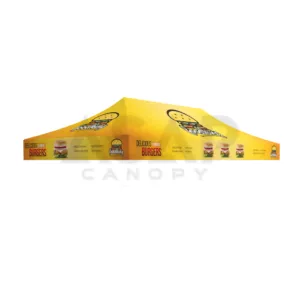
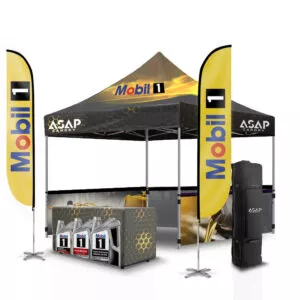


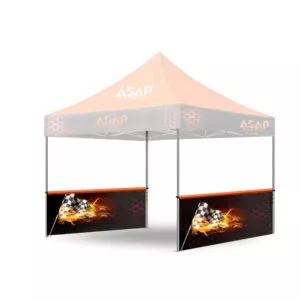
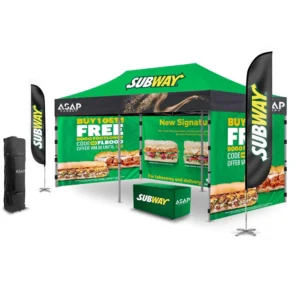

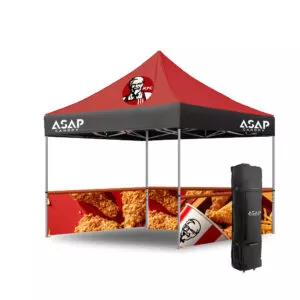
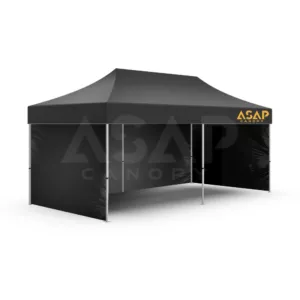



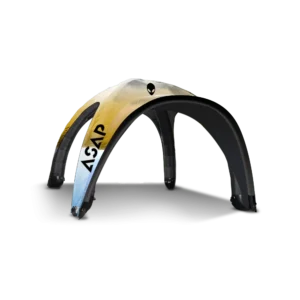

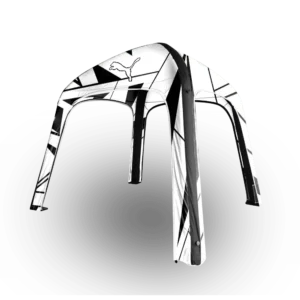



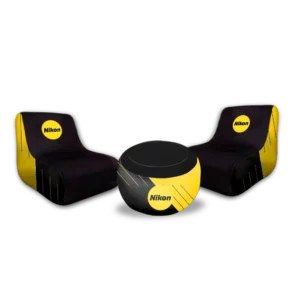




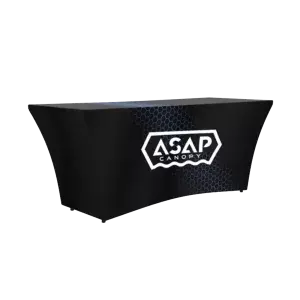

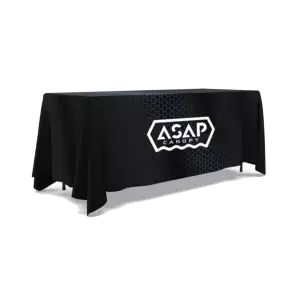





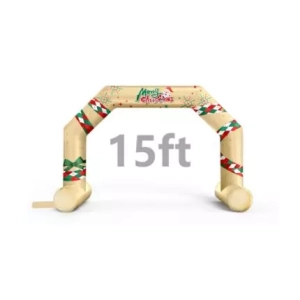





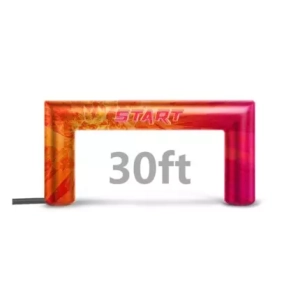





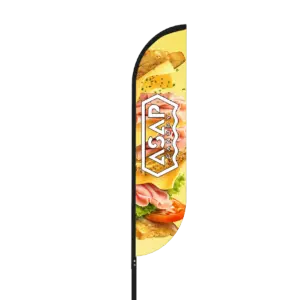


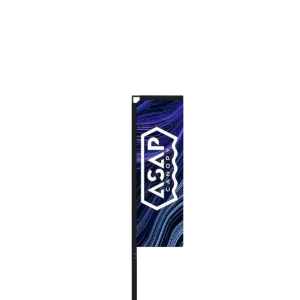

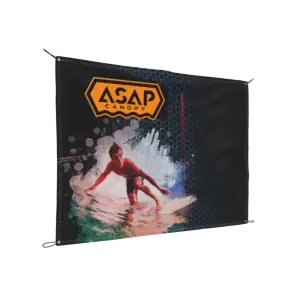
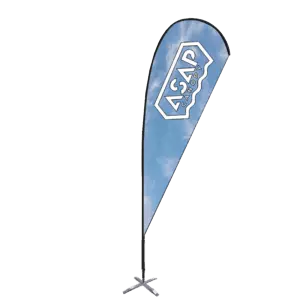

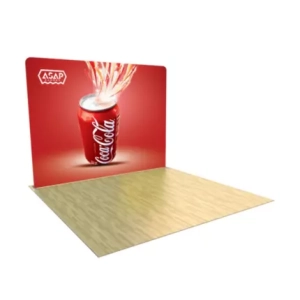

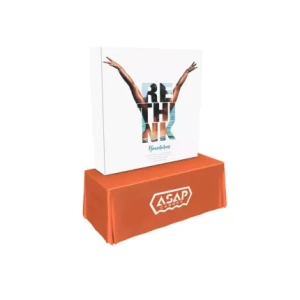
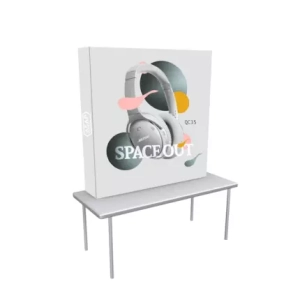
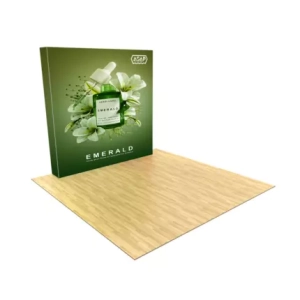


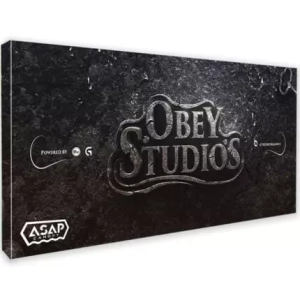
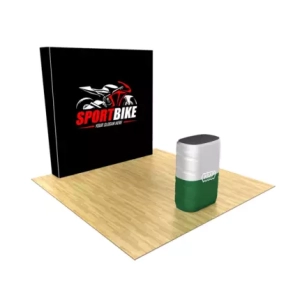






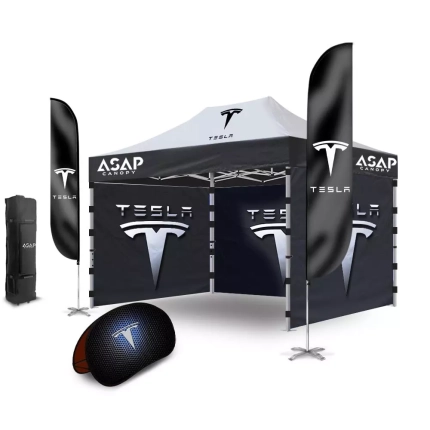





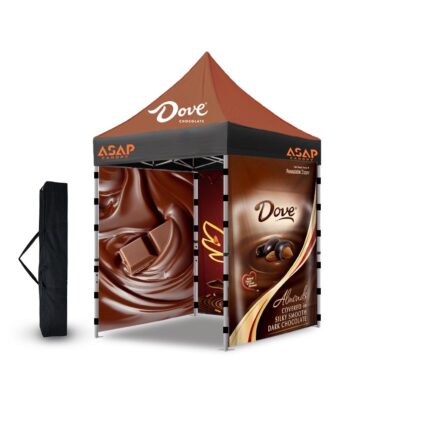


 5×5 Pop Up Tent
5×5 Pop Up Tent 6.5×6.5 Pop Up Tent
6.5×6.5 Pop Up Tent 10×10 Canopy Tent
10×10 Canopy Tent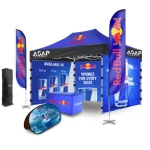 10×15 Canopy Tent
10×15 Canopy Tent 10×20 Canopy Tent
10×20 Canopy Tent Canopy Options
Canopy Options Blank Canopy Top
Blank Canopy Top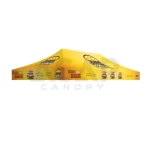 Canopy Top
Canopy Top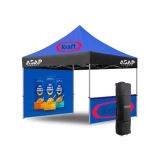 Canopy Walls
Canopy Walls Canopy Side Skirt
Canopy Side Skirt Blank Canopy
Blank Canopy Blank Canopy Kit
Blank Canopy Kit
 Inflatable Canopy Tents 10×10
Inflatable Canopy Tents 10×10 Inflatable Canopy Tents 13×13
Inflatable Canopy Tents 13×13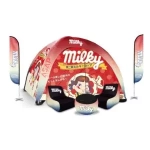 Inflatable Canopy Tents 16×16
Inflatable Canopy Tents 16×16 Inflatable Canopy Tents 20×20
Inflatable Canopy Tents 20×20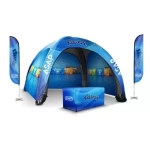 Inflatable Canopy Tents 23×23
Inflatable Canopy Tents 23×23 Inflatable Canopy Tents 26×26
Inflatable Canopy Tents 26×26 Inflatable Spider Tents
Inflatable Spider Tents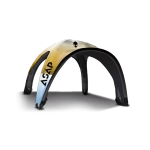 Inflatable Dome Tents
Inflatable Dome Tents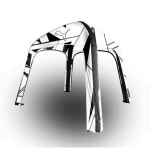 Inflatable Eclipse Tents
Inflatable Eclipse Tents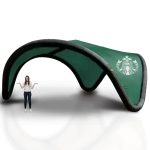 Inflatable Party Tent
Inflatable Party Tent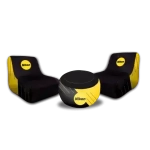 Inflatable Furniture
Inflatable Furniture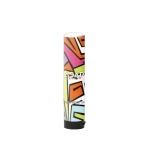 Inflatable Pillar
Inflatable Pillar
 Single Pole Star Tents
Single Pole Star Tents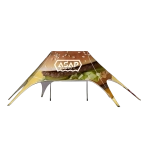 Double Pole Star Tents
Double Pole Star Tents
 15FT Inflatable Arches
15FT Inflatable Arches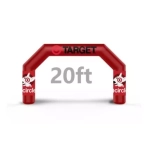 20FT Inflatable Arches
20FT Inflatable Arches 25FT Inflatable Arches
25FT Inflatable Arches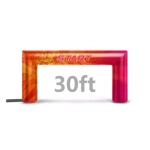 30FT Inflatable Arches
30FT Inflatable Arches 40FT Inflatable Arches
40FT Inflatable Arches 50FT Inflatable Arches
50FT Inflatable Arches Custom Constant Arches
Custom Constant Arches Custom Sealed Arches
Custom Sealed Arches
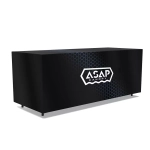 Fitted Table Covers
Fitted Table Covers Stretch-Fit Table Covers
Stretch-Fit Table Covers Loose Table Throws
Loose Table Throws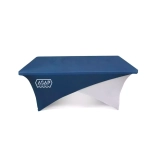 Cross-Over Stretch-Fit Table Cover
Cross-Over Stretch-Fit Table Cover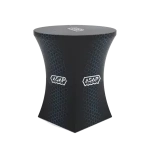 Round Stretch-Fit Table Cover
Round Stretch-Fit Table Cover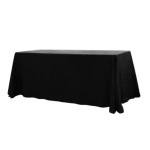 Blank Table Throws
Blank Table Throws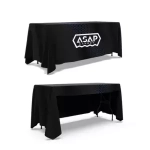 3-Sided Loose Table Throw
3-Sided Loose Table Throw Round Fitted Table Covers
Round Fitted Table Covers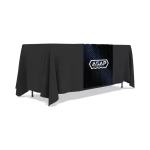 Table Runners
Table Runners Square Table Covers
Square Table Covers
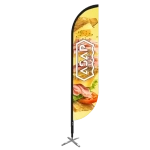 Feather Flags
Feather Flags Blade Flags
Blade Flags Feather Banner
Feather Banner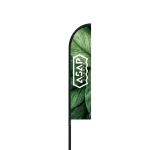 Blade Banner
Blade Banner Teardrop Flags
Teardrop Flags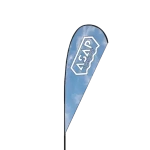 Teardrop Banner
Teardrop Banner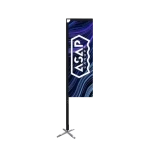 Rectangle Flags
Rectangle Flags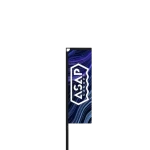 Rectangle Banner
Rectangle Banner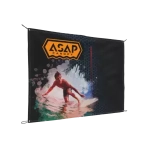 Mesh Event Banners
Mesh Event Banners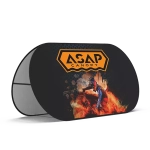 Pop Out Banner Horizontal
Pop Out Banner Horizontal Pop-Out Banner Vertical
Pop-Out Banner Vertical
 Trade Show Display
Trade Show Display Trade Show Display Kit
Trade Show Display Kit Pop Up Trade Show Display
Pop Up Trade Show Display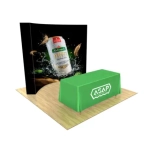 Pop Up Trade Show Display Deluxe Kit
Pop Up Trade Show Display Deluxe Kit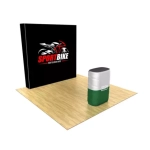 Pop Up Trade Show Display Kit
Pop Up Trade Show Display Kit TableTop Displays Kit
TableTop Displays Kit Pop Up Tabletop Display Kit
Pop Up Tabletop Display Kit Pop Up Tabletop Display
Pop Up Tabletop Display Tabletop Display
Tabletop Display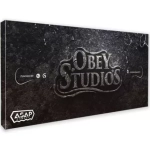 Straight Trade Show Exhibit Booth
Straight Trade Show Exhibit Booth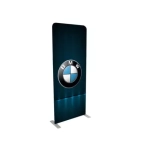 Banner Stand
Banner Stand
 Tent Accessories
Tent Accessories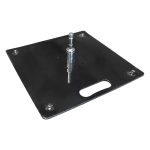 Flag Accessories
Flag Accessories Arch Accessories
Arch Accessories Trade Show Accessories
Trade Show Accessories
